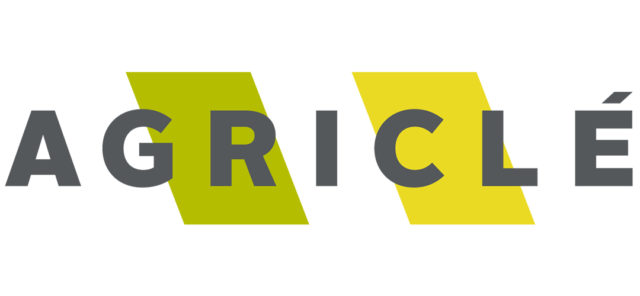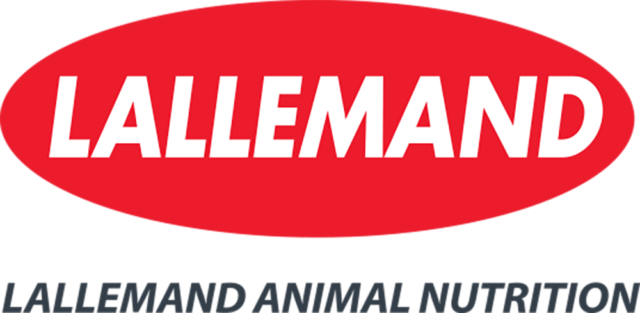I would grab my pails and carry them down the centre aisle of the barn. She would fill them with milk from the stainless steel cans set off to the side, and I would deliver them to each individual stall in the calf shed across the driveway.
My mother taught me when to increase the amount of milk they received and when to start tapering back at weaning. She also showed me how to watch for signs of illness, which I’d report back to receive a diagnosis and treatment plan.
Even though she taught me well, I wasn’t the most devoted employee. I recall filing my resignation one winter because I didn’t want to go out in the cold anymore. Luckily, the position was always there, and my boss was kind enough to welcome me back whenever I felt up to it.
As I look back, a lot has changed in the way my mother feeds calves now. From that small wooden calf shed for a 60-cow farm, they upgraded to a new heifer facility with an end of the barn built as an enclosed space for calf hutches and a couple of group pens for weaned calves.
A move to a new farm with more cows had her feeding calves in a greenhouse barn. Then, after the roof tore too many times because of the placement of the building, a new barn was built for weaned calves.
It also had a warming room to service the pre-weaned calves now kept in outdoor hutches. When my mother pulled a play from my playbook – indicating a desire to resign in cold weather, they decided to build a new calf barn with a few individual hutches and two group pens fed with an automated feeder.
These days, I am also feeding calves in a different fashion with my groups of 10 and acidified milk feeders. I don’t have nearly as many calves pass through my barn, nor do I receive the computer information to which she has access but, at the same time, we find ourselves comparing notes on how each of us takes care of our calves.
Just the other day, we were discussing our different approaches to treating a sick calf. I go by observation, temperature and a dose of electrolytes.
If the temp is high, medicine is also given. My mother opts for reviewing drinking information from the computer, administering medicine and encouraging them to try another round at the milk feeder.
It amazes me how two people who were once on the same page when it came to calf care now have two different ways of approaching a similar situation.
I presume it has a lot to do with experience – my mother’s many years of feeding calves and troubleshooting all kinds of scenarios and my lack of experience, so it’s all a trial to me.
In this issue, we include a recap of the calf-care panel presentation from the Canadian Dairy XPO in April. There, four calf-care experts with various backgrounds came together to answer a number of questions.
In many instances, they all agreed in their answers, but on occasion their responses varied – likely due to different past experiences.
I encourage you to read the article on page 48 and also watch our Extra enewsletter for their responses to additional questions not shown here. (Go to Progressive Dairyman-Canada to sign up for the Extra if you don’t already receive it via email once a month.)
Over the years, people in the dairy industry have developed universal recommendations for certain aspects of calf care, but there continue to be topics like housing, feeding strategies and treatment methods that remain up for discussion.
While a clear consensus may never win out for those subjects, I think we can all agree calves that are healthy and well-cared-for are what remain important no matter which side of the calf care debate you choose to take. ![]()

-
Karen Lee
- Editor
- Progressive Dairyman
- Email Karen Lee








